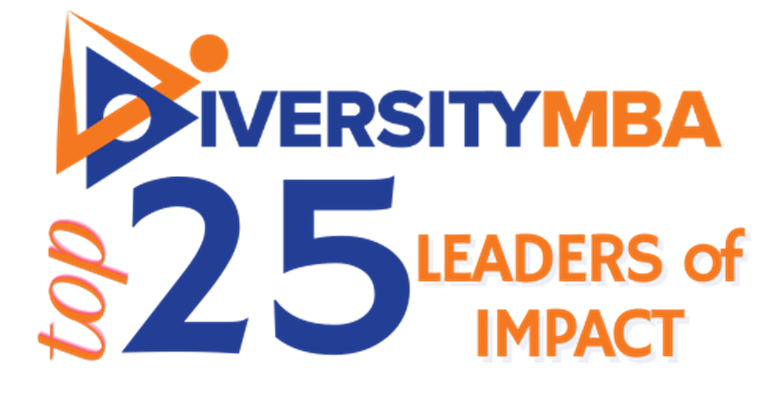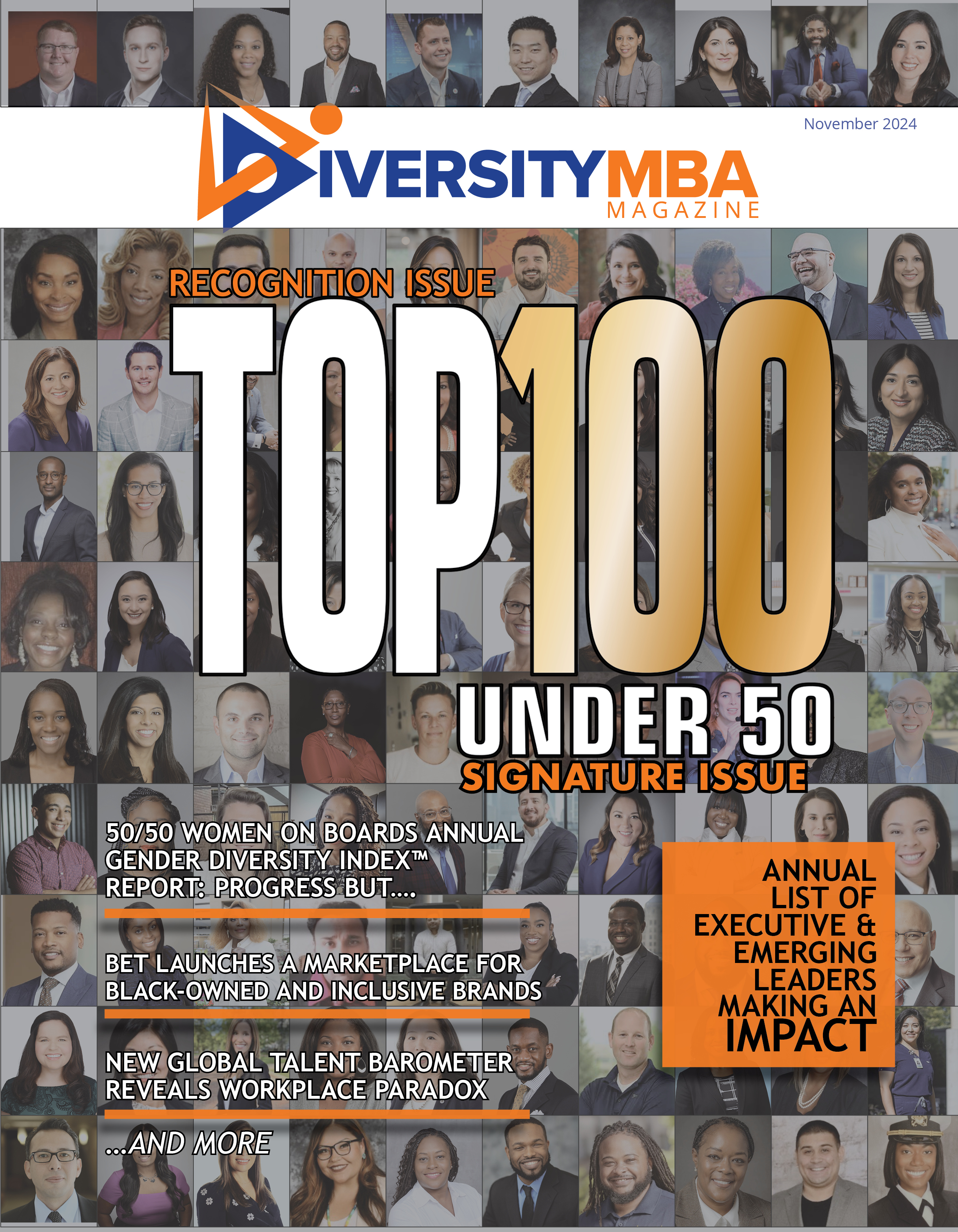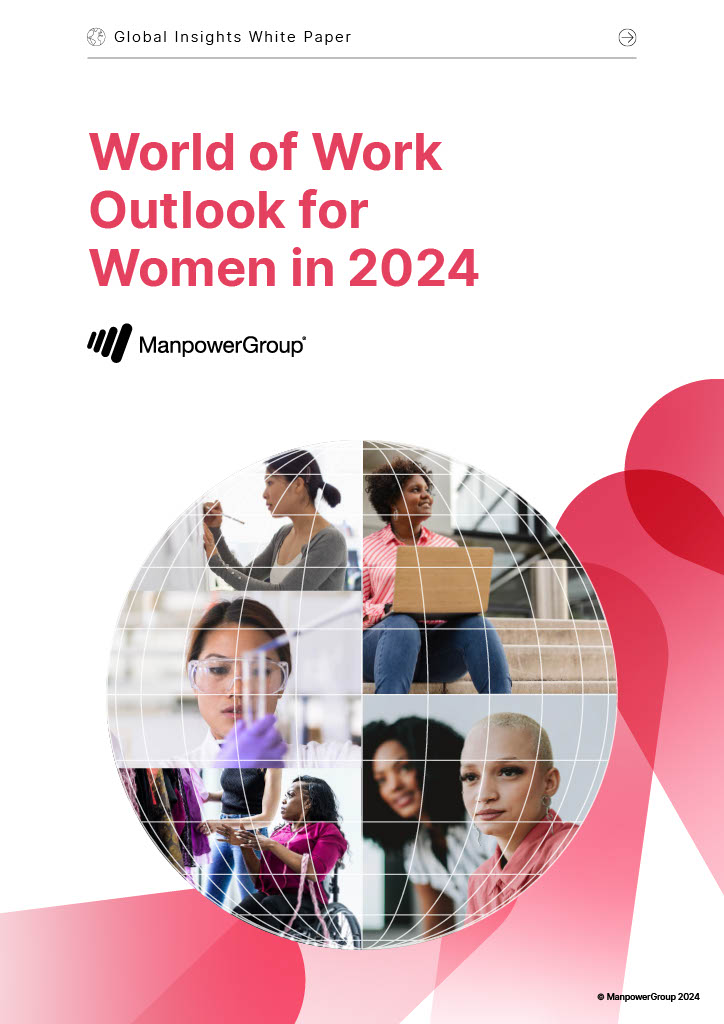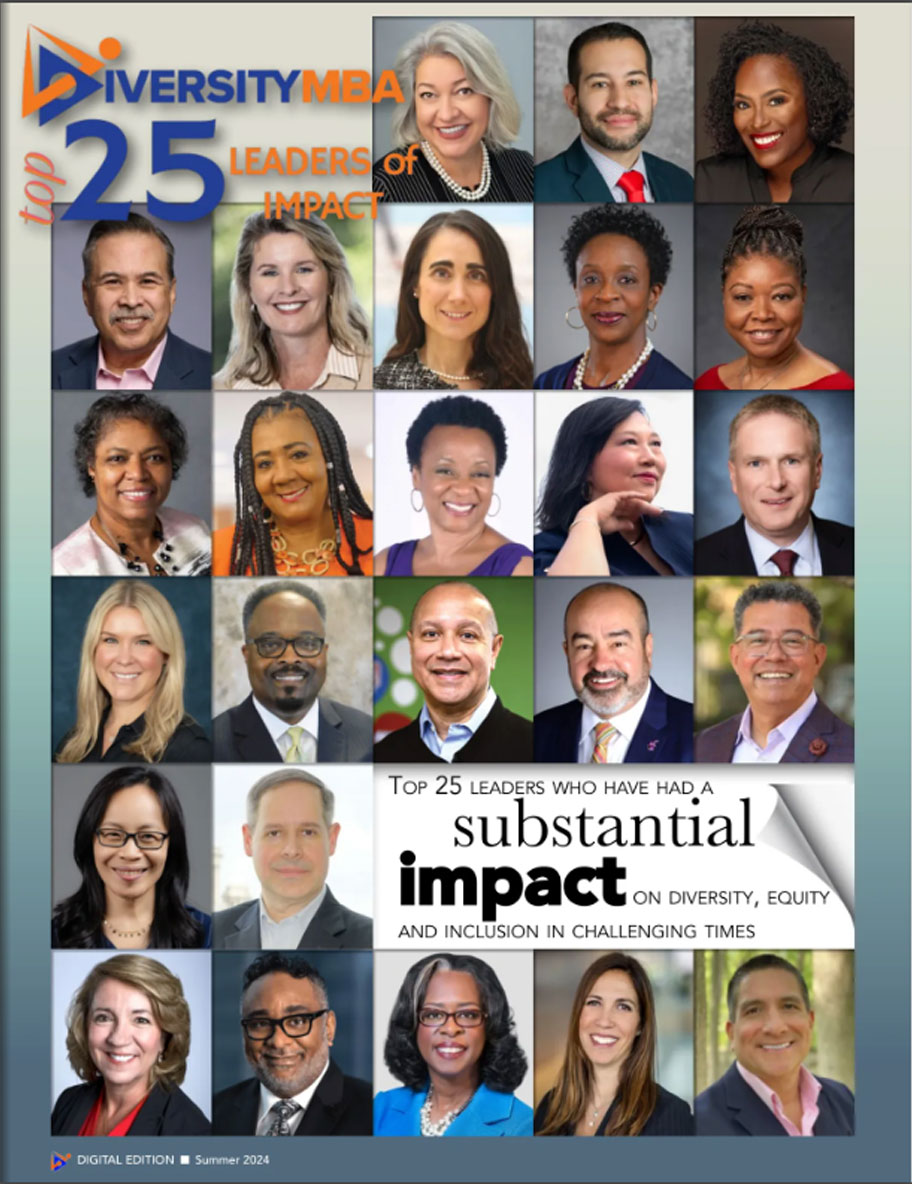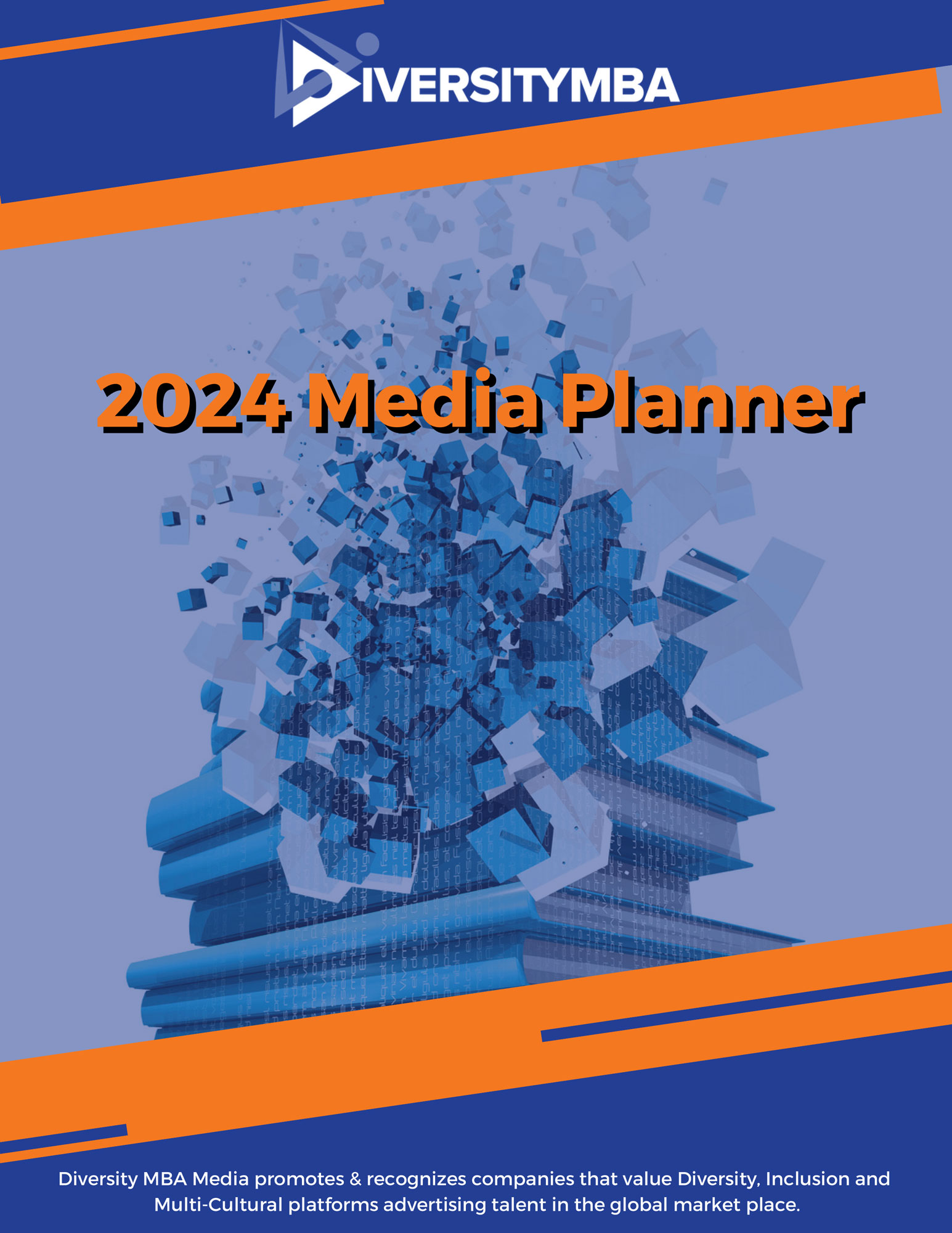It’s no secret that our workplace, an increasingly global workscape, is transforming faster than our ability to deal effectively with the changes. We are experiencing, to reference the five megatrends outlined in Andres Tapia’s recent book The Inclusion Paradox, political and economic volatility, a multilayered globalization, rapidly evolving game-changing technology, fewer government and corporate guarantees, and a multifaceted unprecedented diversity. Within this environment, Tapia says, the emerging workforce is increasingly “diverse, smaller and less skilled, autonomous and empowered, both global and virtual, with multilayered responsibilities. The competencies of problem-solving, adaptability, learning agility, and innovation are more critical than ever. Unfortunately, these competencies are in short supply.”
Tapia’s comments echo Robert Kegan’s 1994 book, In Over Our Heads, which also noted that our environment was evolving faster than our ability to manage it. Interestingly both Kegan and Tapia arrived at similar conclusions. The answer to the challenge of ever greater complexity is to increase the developmental level of the workforce. But what kind of development? How do we measure it, and how can it be achieved?
The core is captured in the concept of intercultural competence, along with competing terms such as “cultural intelligence” and “global mindset.” A competence is usually defined behaviorally; how we do things. However, our complex actions in the world such as problem solving, decision-making, or managing multicultural workgroups, arise from how we interpret our environment. Such competence comes from the inside out, with internal and external components, which include attitude, knowledge, and behavior. We first need an attitude of openness in order to pay attention to new things and decide how to deal with them, vs. just ignoring/rejecting them. Openness and the curiosity that comes with it leads us to new information and the organization of it into applicable knowledge. The knowledge, in turn, guides us to new, more competent behavior within our workscape. It allows us to process more complexity, take more things into account in our decision making, hold contradictory tendencies side by side, and process their negotiation. This represents a developmental change, beyond the mere acquisition of new information or learning.
Developmental change happens in discreet stages, each of which can be considered a level of competence. To measure it, we use the Intercultural Development Inventory (IDI,) based on a theoretical scale called the Developmental Model of Intercultural Sensitivity (DMIS). The model has five stages, from least to most developed:
1. Denial, not very common in our contemporary corporations, government, or educational systems, assumes all humans to be the same. Encounter with significant human difference causes fear, the denial of humanity to members of the different group, and possible violent behavior against perceived threats. We see this daily in the news, but thankfully we don’t encounter it often in the workplace.
2. Polarization, the next level, is much milder but still involves prejudicial attitudes toward human difference, polarizing it in terms of us and them. Most frequently, the polarization is positive for us and negative for them, and supports formal or informal practices to exclude “them” from the majority’s groups and activities. This is also what 40-plus years of diversity practice has worked successfully to help eliminate.
3. Minimization, is the result of successful diversity work. We accept differences, we work side by side with otherness, and we focus on our similarities in a politically correct environment where there are penalties for discussing most differences and for outright exclusion. This tolerance has been a great step forward in our human development and has created considerable opportunity for formally disadvantaged groups. But in today’s competitive workplace, this is no longer sufficient. The question, as Tapia puts it, is no longer “What’s your mix?” but “How’s your mix working.” Often, it’s not working as well as it needs to.
4. Acceptance takes us into the inclusion space where we are comfortable enough with difference to ask among our different selves, “Why isn’t this mix working better?” And this question requires us to look at how we are different in significant cultural ways, in our values and how we enact them in action and communication. We can then begin to ask the follow- up questions of how to deal with them, how to select the behaviors we need in order to interact and communicate more effectively and to create a more collaborative and productive workplace culture in which all groups and individuals contribute more equally. We must solve the twin problems of how to minimize the differences that cause dissonance while simultaneously leveraging those that allow us all to contribute from our individual and sub-group uniqueness.
5. Adaptation arises as we begin to solve the challenges of the acceptance stage by mutually discovering and implementing the processes that produce increasingly effective collaboration and communication. Adaptation requires internal development in each of us, which is then expressed and slowly refined experimentally in our daily workplace interactions.
Proceeding through these stages is a requirement of today’s workplace. We do not develop automatically, but only through the often uncomfortable experience of learning to operate in new ways in changing situations. We all have a natural resistance to this, but our environment requires that we evolve in order to compete successfully in the global marketplace.
We can measure where we are as individuals and groups using the IDI, and we can devise effective interventions to help us progress from our current developmental stage to the next one, with each transition requiring a different modality. While this is difficult and cannot be accomplished through simple one-time training interventions, a number of organizations have developed successful programs, generally focusing on the transition from minimization to acceptance, crucial for moving from diverse to inclusive. The work can be demanding, but the rewards can be substantial for our organization, our personal relations with family and friends, and our individual selves.
To see this all from a more comprehensive perspective, consider part of Kegan’s five-stage model of human development. Stage three is the good community member who accepts the organization’s values and contributes within the established parameters. We need these people. Lots of them. But they can’t take us forward as a society or an organization. They are comfortable with the status quo, which is precisely what has to change.
In Kegan’s stage four, we incorporate our own set of values that differ somewhat from those of the community, and we operate from those without too much concern for how our decisions and actions are received by the group. We can manage ourselves, so we are also capable of managing others. While not particularly open to feedback, we are professionals and capable of leading change movements. This is the IDI’s acceptance stage, and we need a lot more people at this level.
Finally, in Kegan’s stage five, we recognize that, for our own continued development, we need others at least as developed as we are to reflect us back to ourselves. They help illuminate the dark corners of self and environment so that we can continue to grow personally and contribute strongly to our community and organizations. This is the leadership and adaptation level of IDI.
Not all of us need to become leaders, but we can all strive to develop into the acceptance stage to take our organizations. In a changing environment, all the inhabitants must change with it. This is the challenge of human development today, and measurement is the first step.
